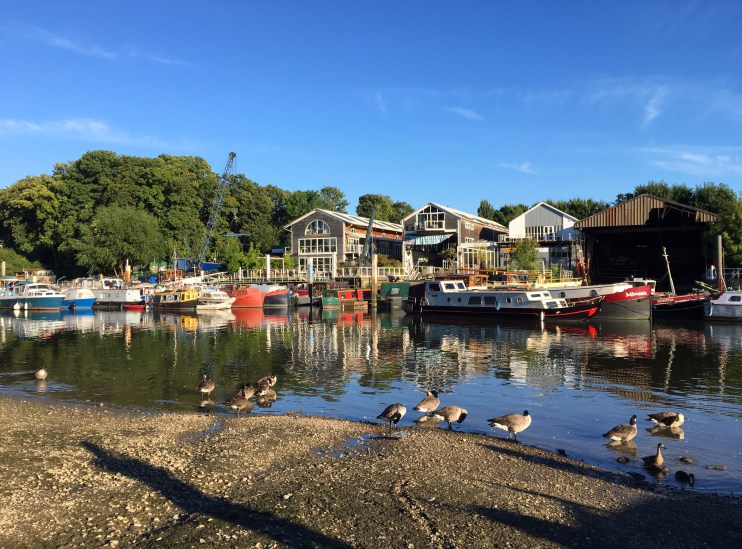Focus on Twickenham: leafy suburb offers better value than its riverside neighbours Richmond and Putney

If you were a wealthy member of 18th century London society set looking for a fashionable spot on which to locate your sprawling pad, Twickenham was the place to be.
The south west London district – then part of Middlesex – was chosen for the purpose by poet Alexander Pope as well as Horace Walpole, the author of the first Gothic novel; and Henrietta Howard, Countess of Sussex and the mistress of King George II among others.
Walpole’s Gothic Revival castle, Strawberry Hill House, and Howard’s Palladian villa, Marble Hill, are now tourist attractions – but all that remains of Pope’s former abode is the underground ‘grotto’ which he decorated with diamonds and crystals.
Thankfully for those wanting to move to Twickenham today, it is no longer the preserve of high society – though it retains much of the riverside charm and extensive parkland that attracted its well-to-do former inhabitants.
“Twickenham is one of south west London’s residential areas that has much in common with its neighbours; the river, green spaces, good schools, commute and similar housing stock,” says Frances Clacy, research analyst at Savills, “But it also offers much better value than nearby pricier towns like Richmond and Putney.”
According to Savills, the average second-hand sale price in Twickenham in the year to March was £624,344 – much less than the £1.075m average across the Thames in Richmond, but slightly pricier than the average for London as a whole.
The area is dominated by Victorian terraces, most of which have been modernised. The largest new-build is Solum’s Twickenham Gateway, which comprises 115 one, two and three-bed apartments above and alongside Twickenham station starting at £520,000 for a one-bed.
Barry McCarthy, director at Dexters Twickenham, says second-steppers are increasingly looking to Twickenham as a location that offers more space than inner London, particularly as four-bed houses start at a punchy £750,000.
“We do notice a large number of young professionals relocating from London as they can get more property for their money here,” he says. A direct train to London Waterloo from Twickenham takes as little as 25 minutes.
According to Clacy, the draw is particularly strong for those based in more urban south west London locales such as Wandsworth, Battersea and Clapham.
“The fact that they will still be able to get the kind of lifestyle offering they’re after is another big draw,” she says. The area has plenty of smart places to eat, drink and shop, and there is also the small matter of it being the home of Rugby Union.
At the upper end of the market, Victorian semis and detached homes on sought-after streets regularly go for £1.2m. And don’t think it has lost all of its 18th-century extravagance – there were 27 seven-figure sales in Twickenham in 2018, according to Savills.
Area highlights
The star attraction is Twickenham Stadium, which as well as rugby has played host to the Rolling Stones and Eminem. Try cosy riverside haunt The White Swan for your pre-match pint. Those seeking more high-brow culture can visit Strawberry Hill House to marvel at its battlements, while Eel Pie Island is home to an artist community which opens its studios to the public twice a year. To eat, head to Italian Masaniello (pictured) or French Le Salon Privé which is run by Gianluca di Monaco, formerly of Shoreditch House and the Lanesborough.
Area guide
House prices
Detached: £1,220,822
Semi: £794,762
Terraced: £751,130
Flats: £455,947
Source: Zoopla
Time to Canary Wharf: 45 mins
Time to Liverpool Street: 47 mins
Nearest rail station: Twickenham
Source: TfL
Best roads
Ducks Walk: £4,506,624
Martineau Drive: £3,972,998
Average asking rent: £2,111 pcm